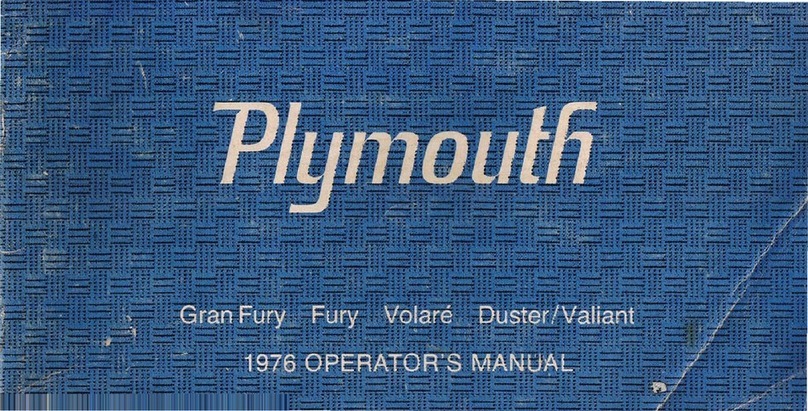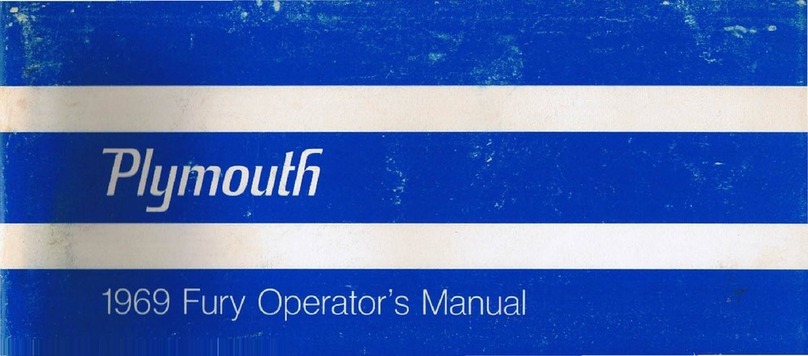
GROUP
0
A
LUBRICATION AND MAINTENANCE
CONTENTS
Page
ALTERNATOR
.........................
13
BATTERY
.............................
13
BODY MAINTENANCE
..................
26
BRAKES
..............................
10
CAPACITIES
..........................
4
CARBURETOR AIR CLEANERS
..........
18
CARBURETOR CHOKE VALVE SHAFT
....
20
CERTIFIED
CAR
CARE
.................
1
CHASSIS LUBRICATION
...............
7
CLASSIFICATION
OF
LUBRICANTS
......
1
CLUTCH LINKAGE
.....................
11
COOLING SYSTEM
....................
12
CRANKCASEVENTILATION SYSTEM
.....
15
D
ISTR
I
BUT0RS
.......................
13
ENGINE OIL FILTERS
..................
15
ENGINE OIL-SELECTION
OF
..........
13
ENGINE PERFORMANCE EVALUATION
.
.
18
FREQUENCY OF OIL CHANGES
.........
14
FRONT WHEEL BEARINGS
.............
25
FUEL FILTERS
........................
21
HEADLIGHTS
.........................
13
HOlSTlN
G
............................
7
HOOD LOCK, RELEASE MECHANISM
AND SAFETY CATCH
................
26
HYDRAULIC BRAKE SYSTEM
...........
11
CERTIFIED
CAR
CARE
Certified Car Care
is
a thorough servicing program
that helps make sure the cars you sell receive the
regular attentionyou know they need.
Certified Car Care helps build business for you in
the best way known-through customer satisfaction.
Inform your customers that the best approach to
trouble-freedriving is Certified Car Care.
This is a practical plan to help you build up sales
and service volume, by providing regular service cus-
tomer visits.
SUMMARY OF LUBRICATION AND
MAINTENANCE SERVICES
Maintenance and lubrication service recommen-
dations for Chrysler Corporation-built Plymouth ve-
hicles have been compiled to provide maximum pro-
tection for the car owner’s investment against all
reasonabletypes of driving conditions.
Since these conditions vary with the individual car
owner’s driving habits, the area in which the car
is
operated and the type of service to which the car
is
Page
SCHEDULE
........................
5&6
SERVICES
Normal Service
......................
1
6
LUBRICATION AND MAINTENANCE
LUBRICATION AND MAINTENANCE
Trailer Towing and Severe Service
......
LUBRICATION AND MAINTENANCE
CHART
6
Cylinder Models
....................
2
8
Cylinder Models
....................
3
MANIFOLD HEAT CONTROL VALVES
....
18
MATERIALS
ADDED
TO ENGINE OILS
...
14
PARKING BRAKE MECHANISM
.........
11
PARTS REQUIRING NO LUBRICATION
..
32
PROPELLER SHAFT AND UNIVERSAL
JOINTS
.............................
21
REAR
AXLES
9
SPEEDOMETER CABLE
................
26
STEERING
GEAR
......................
22
SUMMARY OF LUBRICATION AND
MA1NTENANC
E
SERVICES
...........
1
THROTTLE LINKAGE
..................
31
TIRES
................................
25
TR
A
N
S
M
I
SS
IO
N (Automatic)
............
24
TRANSMISSION (Manual)
..............
22
WINDSHIELD WIPER BLADES
..........
13
.........................
subjected, it is necessary to prescribe lubrication and
maintenance service on a time frequency as well as
mileage interval basis.
Information pertaining to Lubrication and Mainte-
nance requirements is shown on charts (Figs.
1
and
2)
and on the Schedule.
Vehicles operated under conditions not classified as
normal service for passenger cars, such as in trailer
towing service, operation at higher than normal load-
ing, or police or taxicab operation,require servicingat
more frequent intervals. This information
is
included
in each group under the heading “Trailer Towing
Package and Severe Service”.
CLASS
I
FI
CAT1
0
N
0
F LUB
R
I
CANTS
Oils, lubricants and greases are classified and
graded according to standards recommended
by
the
Society of AutomotiveEngineers (SAE),the American
Petroleum Institute (API) and the National Lubricat-
ing Grease Institute (NLGI).
Engine
Oil
The SAE grade number indicates the viscosity
of
engine oils, for example,
SAE
30,
which
is
a single
MyMopar.com





































